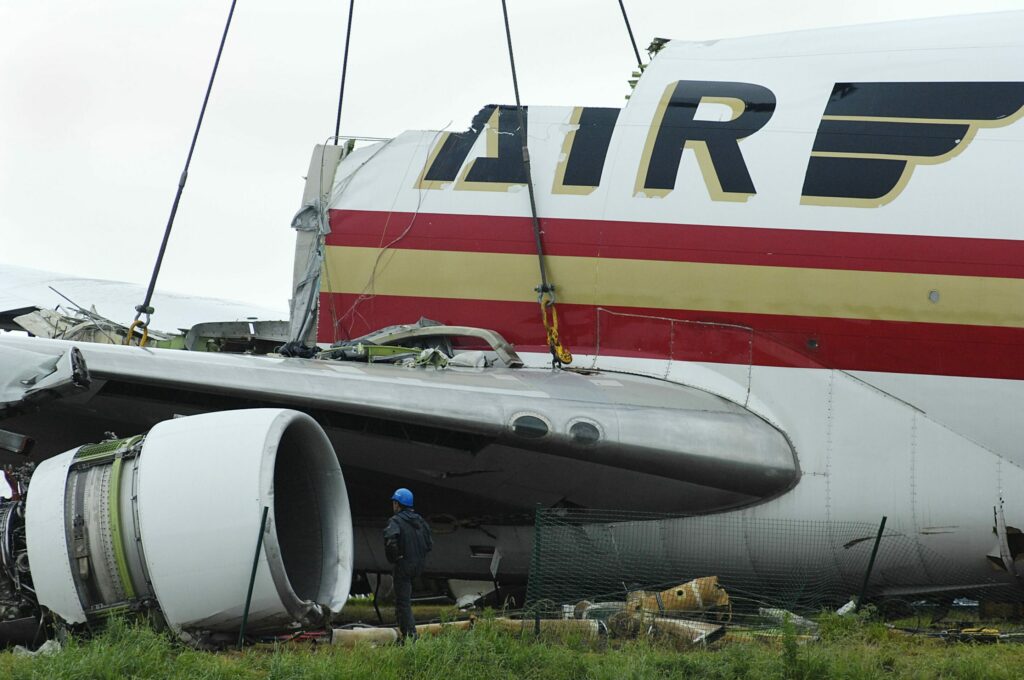Despite Friday's plane crash in Brazil – in which all 62 people on board lost their lives – the chance of dying in such a crash today is 40 times lower than in the 1960s and 70s, its lowest point ever. A new study by the Massachusetts Institute of Technology (MIT) will likely relieve the millions of people suffering from an extreme fear of flying.
Boarding a commercial flight has roughly doubled in safety every decade since the 1960s. The risk of a fatality from air travel was 1 per every 13.7 million passenger boardings globally in the 2018-2022 period, the most recent period studied. It marks a significant improvement from 1 per 7.9 million boardings in 2008-2017 and is a far cry from the 1 per every 350,000 boardings that occurred between 1968 and 1977.
"Aviation safety continues to get better," said Arnold Barnett, an MIT professor and a leading expert in air travel safety and operations. "After decades of sharp improvements, it’s really hard to keep improving at the same rate. And yet they do. The chance of dying during an air journey keeps dropping by about 7% annually, and continues to go down by a factor of two every decade."
In per-boarding terms, passengers are almost 40 times safer than they were in the analysed 1968-1977 period. This improvement is down to a combination of factors, including technological advances, such as collision avoidance systems in planes, extensive training of pilots and air traffic managers.
Difference between countries
While air safety keeps getting better globally, there are disparities between countries. Researchers divided the world into three tiers of countries, based on their commercial air safety records.
Air transport is safest for people travelling from countries in the first tier, including more "developed" nations such as the United States, the European Union, and other European states, such as Montenegro, Norway, Switzerland, the United Kingdom, as well as Australia, Canada, China, Israel, Japan, and New Zealand.
The second group consists of Bahrain, Bosnia, Brazil, Brunei, Chile, Hong Kong (distinct from mainland China in air safety regulations), India, Jordan, Kuwait, Malaysia, Mexico, the Philippines, Qatar, Singapore, South Africa, South Korea, Taiwan, Thailand, Turkey, and the United Arab Emirates. Here. the risk is slightly higher.
In the third tier, consisting of every other country in the world, air travel fatalities per boarding were also cut roughly in half during the 2018-2022 period. However, there were still 36.5 times as many fatalities per passenger boarding in 2018-2022 than was the case in the top tier. These figures are comparable to the global risk level from the 1960s.
Related News
- Air France, Transavia flights to Beirut halted until at least Thursday
- 'Take responsibility': Belgium advises against travelling to several Middle East countries
This highlights that it is safer to fly in some parts of the world than in others. However, airline safety is always an ongoing task: within the top two groups, there were still 153 passenger fatalities in the 2018-2022 period.
The majority of deaths were caused by one major accident, namely a China Eastern Airlines crash in March 2022 that killed 123 passengers. The 30 other fatalities beyond that in the top two tiers stemmed from six other accidents involving commercial aircraft.

